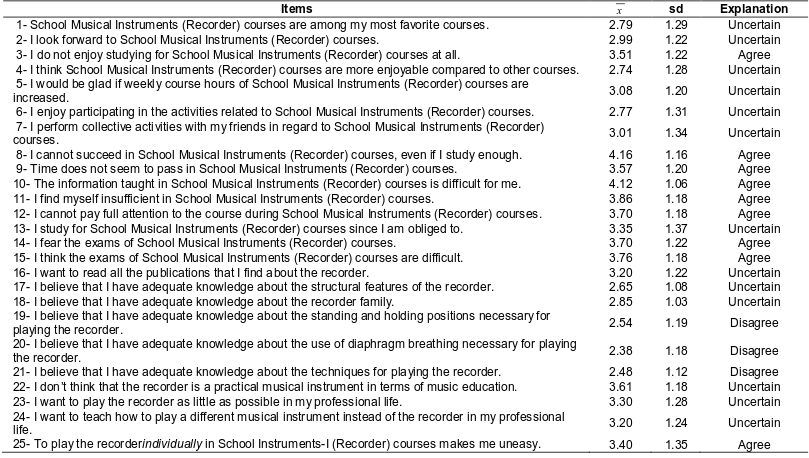Pike, P. D. (2014). The Differences between Novice and Expert Group-Piano Teaching Strategies: A Case Study and Comparison of Beginning Group Piano Classes. International Journal Of Music Education, 32(2), 213-227.
Abstract:
Pike, P. D. (2014). The Differences between Novice and Expert Group-Piano Teaching Strategies: A Case Study and Comparison of Beginning Group Piano Classes. International Journal Of Music Education, 32(2), 213-227.
Abstract:
Lowe, G. (2012). Lessons for Teachers: What Lower Secondary School Students Tell Us about Learning a Musical Instrument. International Journal Of Music Education, 30(3), 227-243.
Problem: “Retaining students in elective music programs through to the senior years is an international problem. Walker (2003) states that only 5% of the total student cohort in North America enroll in elective music programs in senior school, while Bray (2000) reports only around 2% of students undertake A level music studies in the United Kingdom (UK). In Western Australia three out of four students in the government system cease learning an instrument before their final year of secondary school and, at a federal level, retention has been highlighted as a priority area requiring urgent attention.”
Instrument lessons in West Australia:
Pike, P. D. (2013). Profiles in Successful Group Piano for Children: A Collective Case Study of Children’s Group-Piano Lessons. Music Education Research, 15(1), 92-106.
From literature overview I get a confirmation that indeed, piano group lessons are very common in the States:
“When the students played individually, all of the girls gathered around the piano, spotting problems, assessing performance, offering helpful advice and supporting their peers. The students who were not quite as advanced were learning about what they would be doing soon and about upcoming technical requirements. There was a lot of discovery learning occurring during this portion of the lesson.”
Motivation ideas: ‘Technique Olympics’ at the end of the semester, ‘Music money':
Group D:
Hopkins, M. T. (2013). Teachers’ Practices and Beliefs Regarding Teaching Tuning in Elementary and Middle School Group String Classes. Journal Of Research In Music Education, 61(1), 97-114. doi:10.1177/0022429412473607
Not very relevant to my topic. Still, some knowledge about strings in group: children have problems with tuning in a group setting and teachers often feel they are not instructed to teach that. At the same time only 33% uses electronic tuners. It seems to take 4.5 years to obtain the necessary tuning skills.
Young, M. M. (2013). University-level group piano instruction and professional musicians. Music Education Research, 15(1), 59-73. doi:10.1080/14613808.2012.737773
I mostly care about the literature overview here:
 Nobody seems to like studying the recorder in Turkey
Nobody seems to like studying the recorder in Turkey  Or as the author puts it: “…prospective music teachers do not love School Musical Instruments (Recorder) courses enough; they do not take interest in these courses; they do not enjoy participating in these courses; and they fear these courses.”
Or as the author puts it: “…prospective music teachers do not love School Musical Instruments (Recorder) courses enough; they do not take interest in these courses; they do not enjoy participating in these courses; and they fear these courses.”